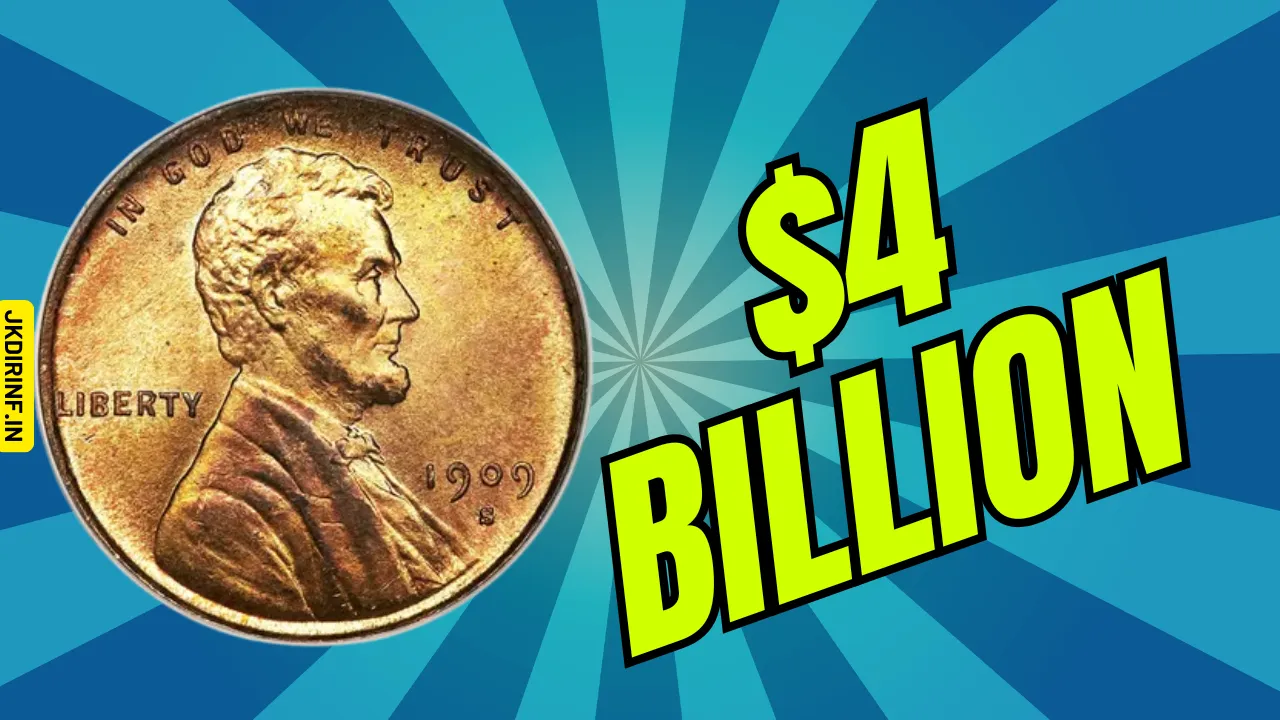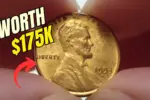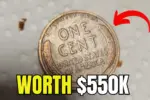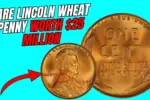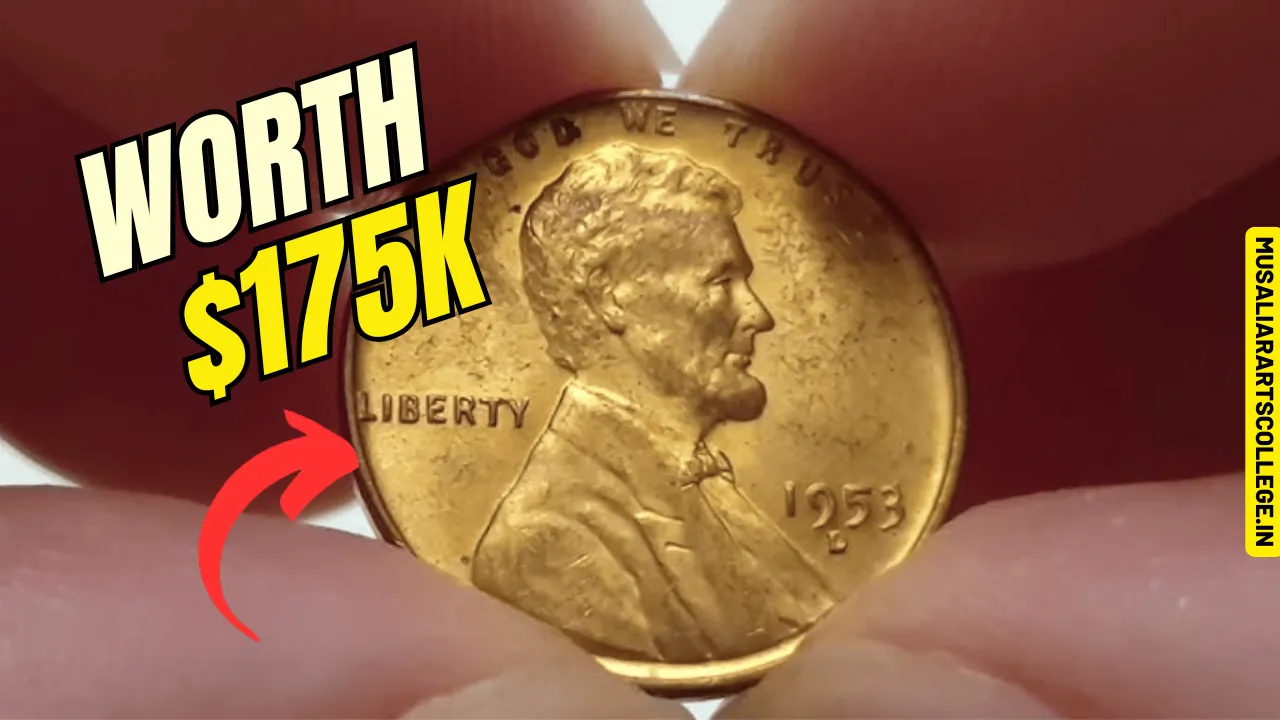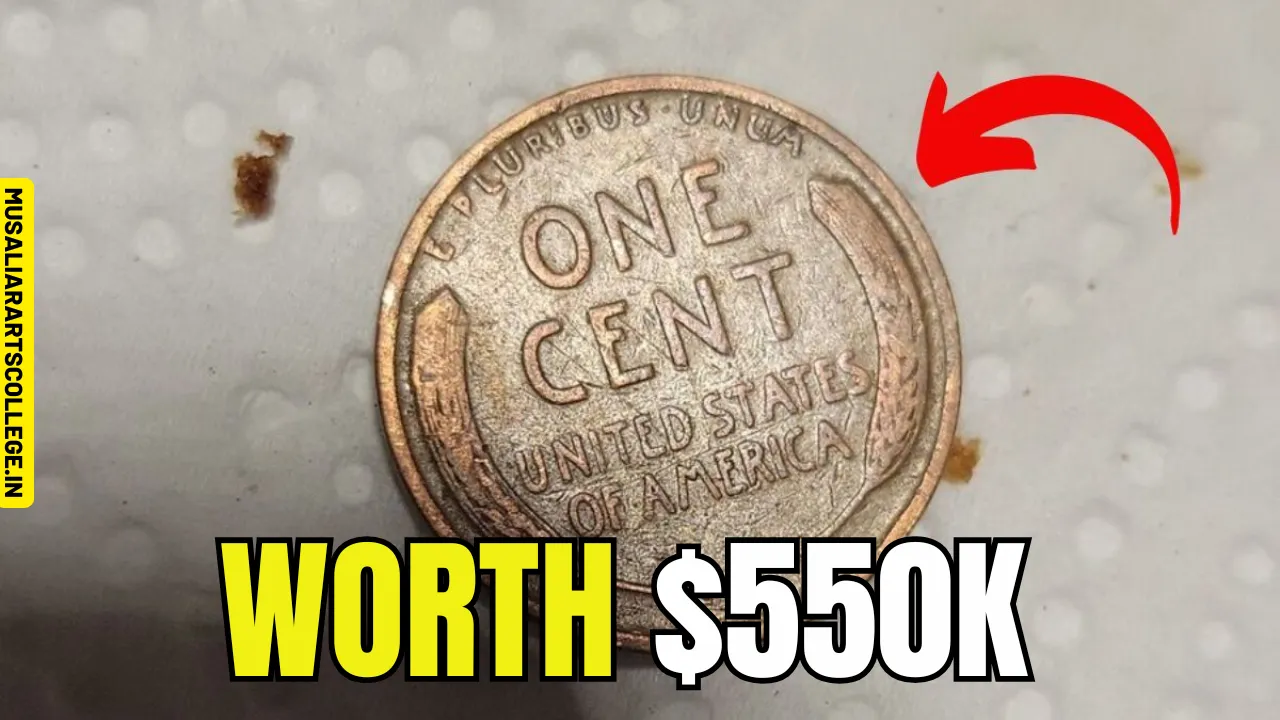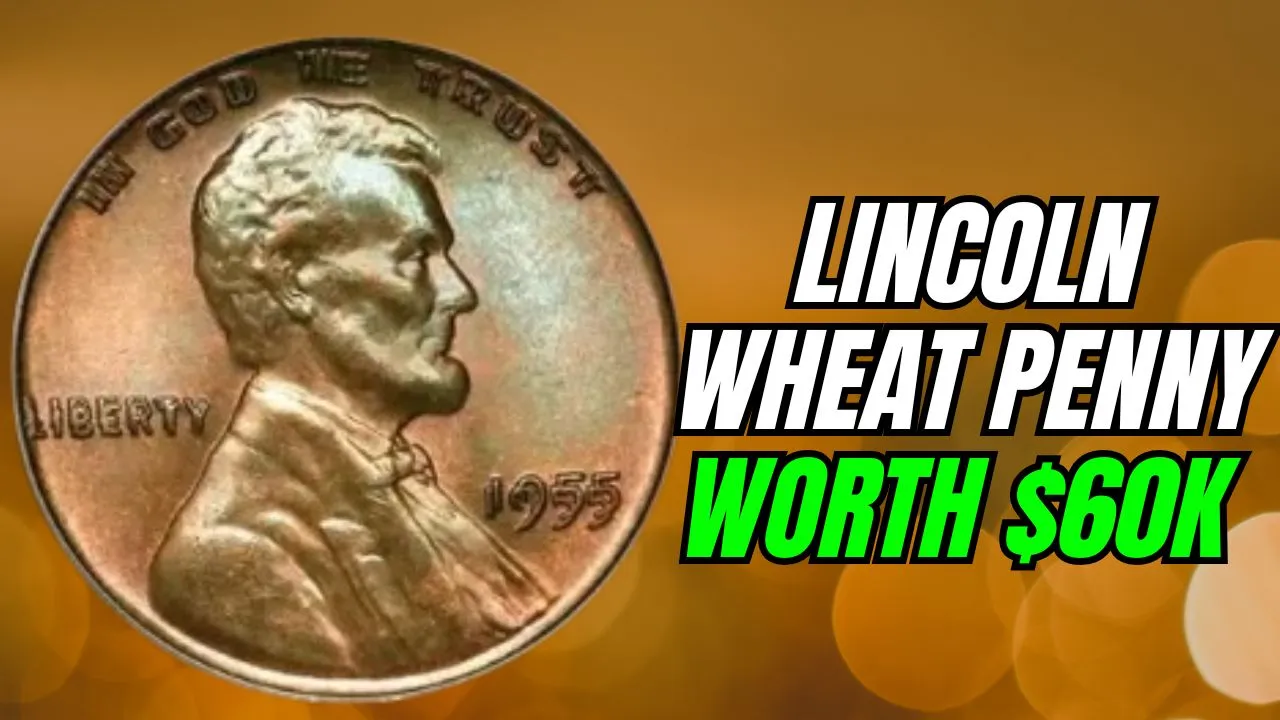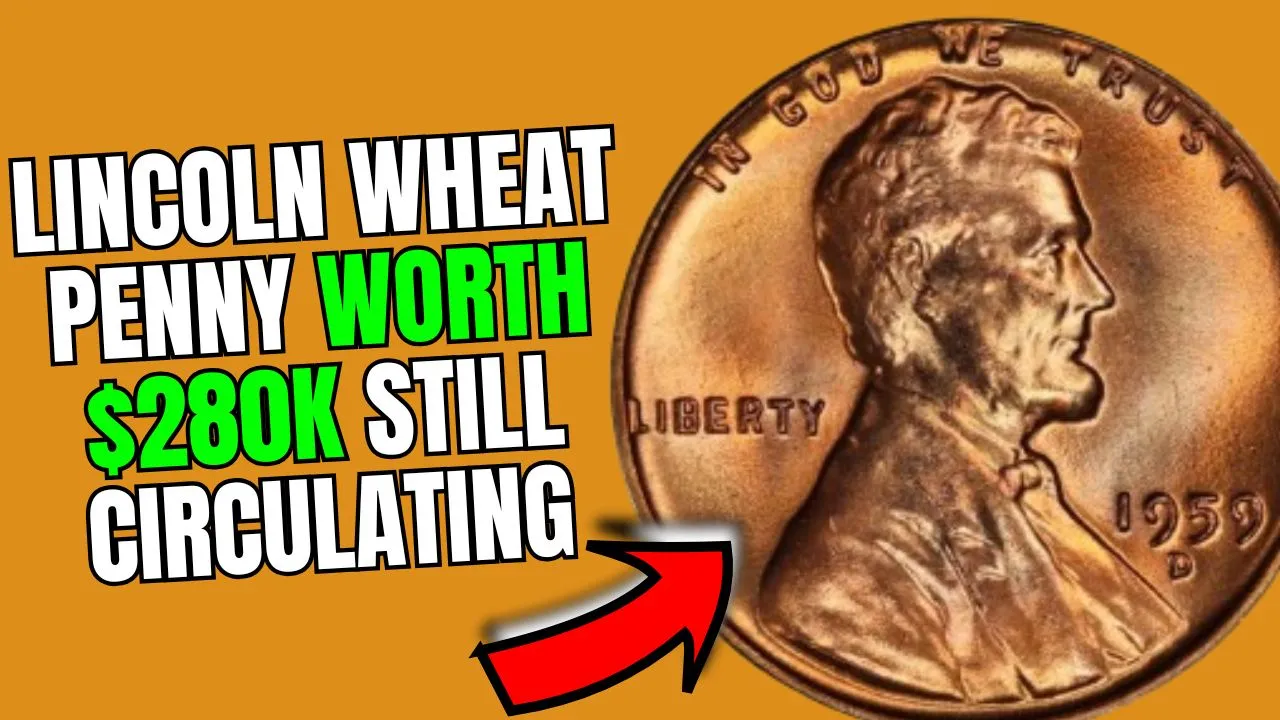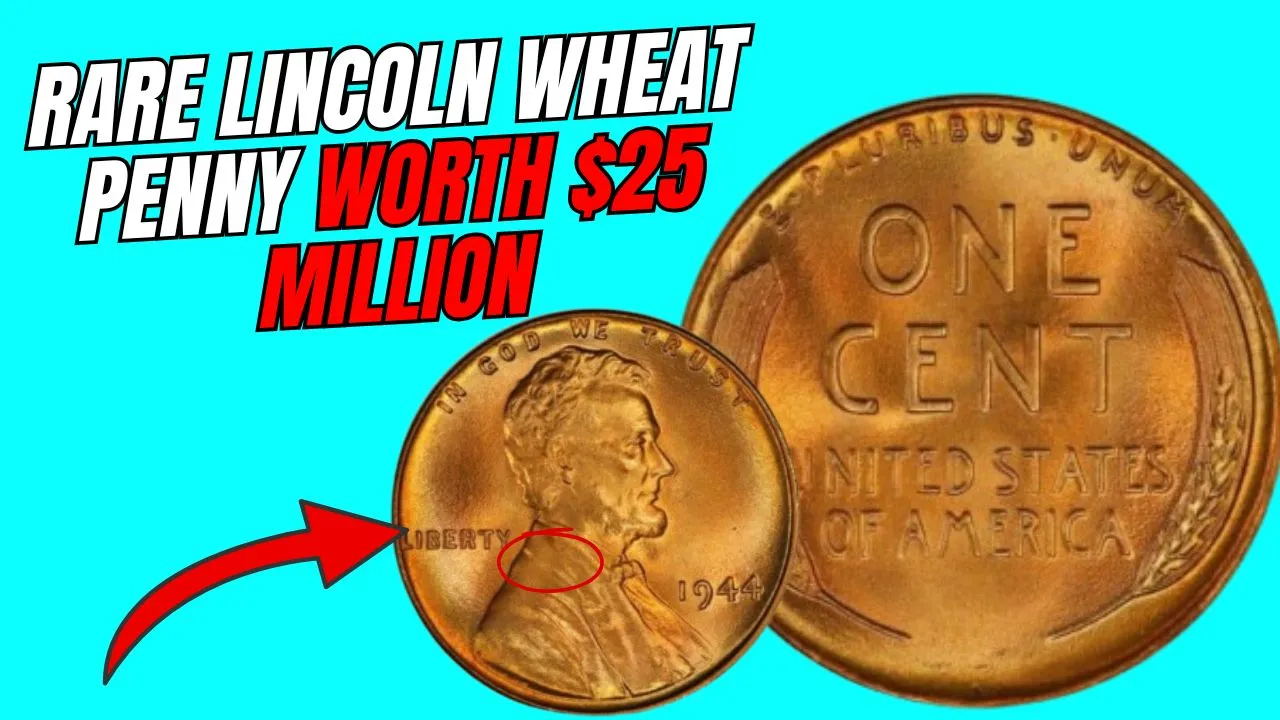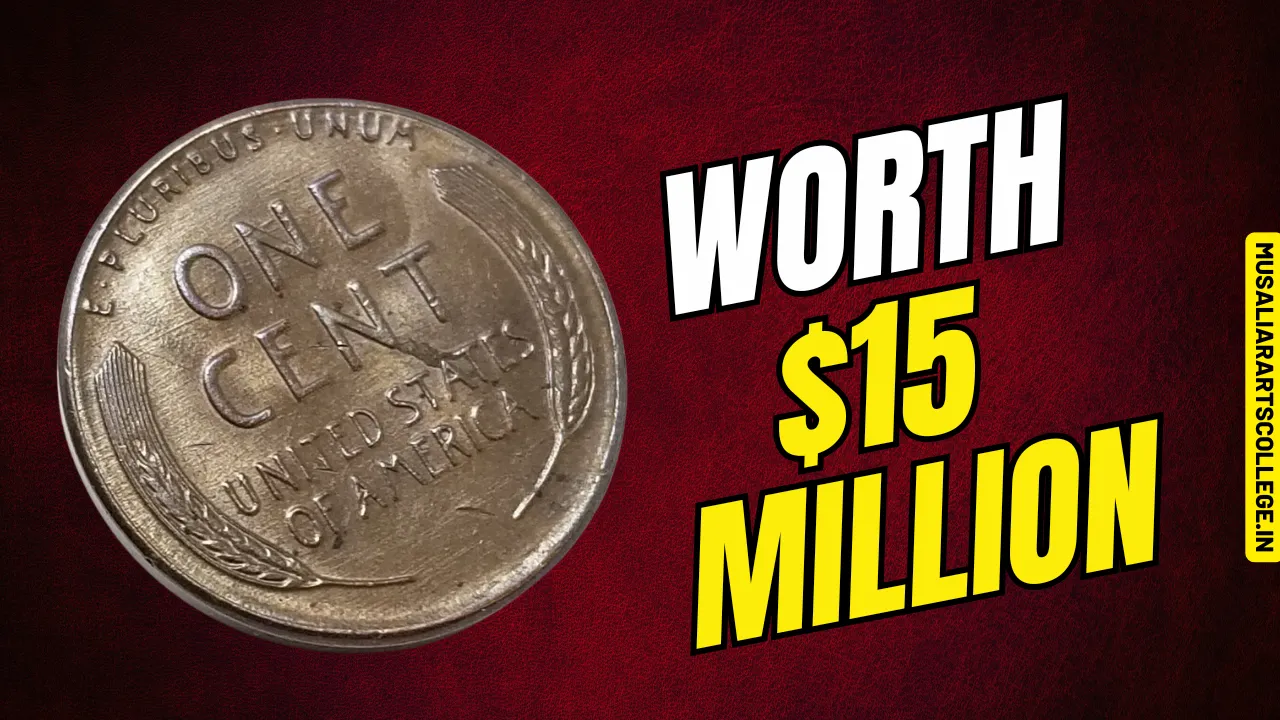Lincoln Wheat Penny: The Lincoln Wheat Penny stands as one of the most celebrated and intriguing coins in American history. Known for its historical significance, artistic design, and rare variants, this humble copper coin has captured the hearts of collectors and enthusiasts alike. With an estimated combined value of nearly $4 billion, the Lincoln Wheat Penny is not just a piece of currency but a symbol of American heritage.
In this article, we’ll explore the fascinating journey of the Lincoln Wheat Penny, from its creation in 1909 to its rarest variants worth thousands—or even millions—of dollars. Discover how this penny became a numismatic legend, where to look for these rare treasures, and how to identify if you’re holding one of these valuable coins in your hands.
Overview of the Lincoln Wheat Penny
| Feature | Details |
| First Minted | 1909 |
| Designer | Victor David Brenner |
| Material | Primarily Copper (1943 Steel Exception) |
| Key Rare Variants | 1909-S VDB, 1943 Copper, 1922 Plain |
| Significance | First U.S. Coin Featuring a Real Person |
| Estimated Total Value | Nearly $4 Billion |
The Birth of the Lincoln Wheat Penny
The Lincoln Wheat Penny made its debut in 1909 to mark the 100th anniversary of Abraham Lincoln’s birth. This was a revolutionary step in American coinage, as it was the first U.S. coin to feature the portrait of a real person. Previously, American coins primarily featured symbolic imagery, such as Lady Liberty.
The design was crafted by Victor David Brenner, a skilled sculptor whose initials, VDB, initially appeared on the reverse side of the coin. However, these initials caused public controversy, leading to their removal shortly after the coin’s release. Today, the 1909-S VDB Lincoln Wheat Penny remains one of the most sought-after variants in numismatic history.
A Masterpiece in Design
The Lincoln Wheat Penny is admired for its simple yet elegant design.
- Obverse Side: Features Abraham Lincoln’s profile, symbolizing leadership, integrity, and national pride.
- Reverse Side: Showcases two wheat stalks framing the denomination “One Cent,” representing America’s agricultural prosperity.
This design remained unchanged for nearly 50 years, making it one of the longest-running coin designs in U.S. history.
The Rarest Lincoln Wheat Pennies and Their Stories
Some Lincoln Wheat Pennies have become legendary due to their rarity and fascinating backstories. Here are the top three most valuable variants:
- 1909-S VDB Lincoln Wheat Penny:
- Only 484,000 coins were minted before the initials “VDB” were removed.
- Its rarity and historical significance make it highly valuable.
- 1943 Copper Penny:
- In 1943, pennies were supposed to be made from steel to conserve copper for World War II efforts.
- However, a few copper planchets from 1942 accidentally made their way into the minting process, creating one of the rarest error coins.
- 1922 Plain Penny:
- A worn-out die at the Denver Mint led to some coins being struck without the “D” mint mark.
- These error coins are rare and highly desirable among collectors.
Each of these pennies tells a unique story of oversight, rarity, and immense value.
Where Can You Find a Lincoln Wheat Penny?
Believe it or not, the Lincoln Wheat Penny is still occasionally found in circulation. Here’s where you might stumble upon one:
- Old Piggy Banks or Coin Jars: Many families have saved pennies over generations.
- Inherited Collections: Grandparents’ coin collections often hold valuable surprises.
- Loose Change: Although rare, these pennies can sometimes show up in your everyday transactions.
Searching for these coins adds an element of treasure hunting to coin collecting.
How to Identify a Valuable Lincoln Wheat Penny
Not every Lincoln Wheat Penny is worth a fortune, but some are. Here’s how to identify a valuable one:
- Check the Year and Mint Mark: Look for key dates like 1909-S VDB, 1943 Copper, and 1922 Plain.
- Inspect the Condition: Coins in pristine condition or with minimal wear are far more valuable.
- Look for Errors: Minting mistakes such as missing mint marks or misprints can drastically increase a coin’s worth.
- Authenticate the Coin: Use professional grading services to verify authenticity and condition.
The Historical Significance of the Lincoln Wheat Penny
Beyond monetary value, the Lincoln Wheat Penny holds immense historical importance. It was minted during times of economic shifts, wars, and technological advancements. Each penny carries a story of the era in which it was produced, serving as a tiny time capsule of American history.
For collectors, owning a Lincoln Wheat Penny is not just about the potential profit—it’s about holding a tangible piece of the past.
Tips for Aspiring Collectors
If you’re planning to start a Lincoln Wheat Penny collection, keep these tips in mind:
- Educate Yourself: Learn about rare dates, mint marks, and variants.
- Handle Coins Carefully: Use gloves to prevent damage.
- Invest in Proper Storage: Use coin albums or protective holders.
- Authenticate Rare Coins: Get valuable coins certified by reputable grading services.
- Join Communities: Connect with other collectors for advice and trade opportunities.
FAQs About the Lincoln Wheat Penny
What is the rarest Lincoln Wheat Penny?
The 1943 Copper Penny is considered the rarest and most valuable variant.
Can I still find a Lincoln Wheat Penny in circulation?
Yes, although rare, some Lincoln Wheat Pennies can still be found in pocket change.
Why is the 1909-S VDB penny so valuable?
Its limited production and the controversy over the designer’s initials make it highly collectible.
How can I check if my Lincoln Wheat Penny is valuable?
Look at the date, mint mark, and condition, and consider professional authentication.
Are Lincoln Wheat Pennies a good investment?
They can be, especially rare variants, but coin collecting should also be about passion and enjoyment.
Final Thoughts
The Lincoln Wheat Penny isn’t just a collectible coin—it’s a symbol of American history, craftsmanship, and cultural pride. Whether you’re a seasoned collector or a curious beginner, the thrill of finding one of these rare pennies is unmatched.
Do you own a Lincoln Wheat Penny? Share your story in the comments below, and don’t forget to check your pocket change—you might just stumble upon a hidden treasure!
